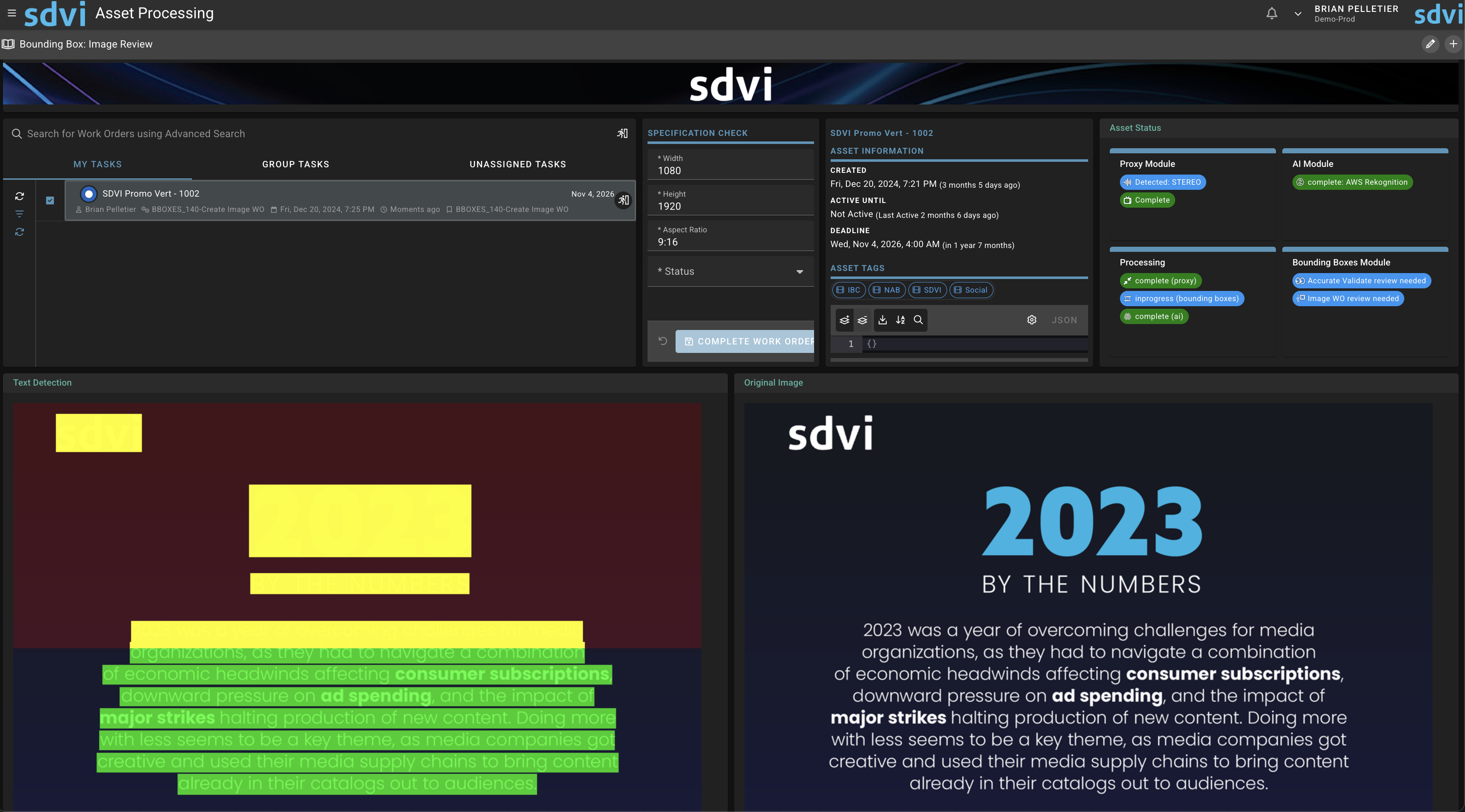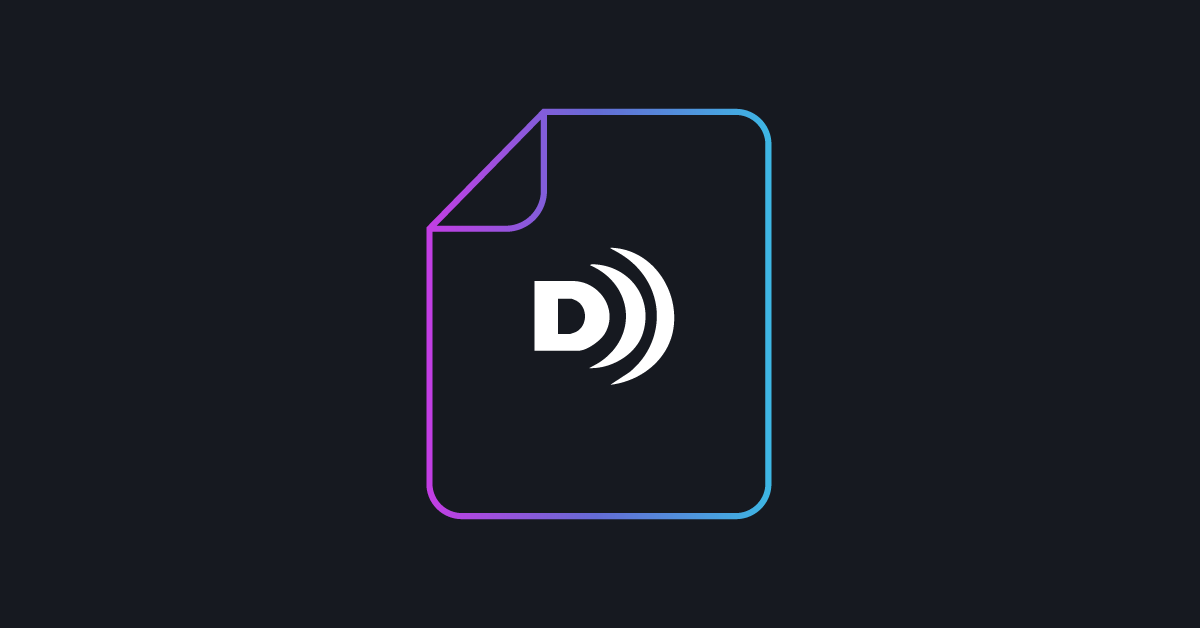AWS re:Invent 2022 returned in-person this past fall, and it did not disappoint. The annual conference brings thousands of cloud practitioners together for an incredible amount of content, training, customer examples, and frankly, inspiration. If you want to learn just about anything about how the AWS cloud works, I guarantee there’s a session for that.
Perhaps the best part of re:Invent is listening to what others have done using AWS. It’s truly “art of the possible” for so many companies from so many different industries. And while I may be biased, there were two media and entertainment industry examples that really stood out.
One presentation delivered by Don Jarvis, SVP of Global Engineering and Technology, and David Klee, VP of Strategic Media Solutions, both from A+E Networks, provided a remarkably open and transparent view into their journey to the cloud. In this session, Don and Dave reviewed how A+E Networks built a cloud-based media supply chain for scale and agility, starting with the original inspiration back in 2016 all the way through the evolution of their operations into 2022. It was fascinating to see how they segmented their workflows, systematically understanding and redefining their use cases as they migrated each one to the cloud. The “in/during/out” model, while simple, is an extremely powerful way to understand their key use cases, and the value they would derive in terms of agility, elasticity, and efficiency.
What’s especially inspiring about this presentation are the results they’ve seen. In one chart, they illustrate the huge volume increases made possible by the elastic infrastructure of the cloud and by the use of supply chain techniques. It’s been quite a journey, but from all accounts, it’s been worth it.
Check out the presentation here:
The second presentation was from David Travis, Group Director of Content, Broadcast and Platforms Engineering for Sky. His story is also one of a journey, encompassing overcoming challenges (fire destroyed one datacenter), transforming the business as the world changed, and aligning on engineering and platform approaches necessary to enable the Sky of the future. David describes the first core workload to migrate to the cloud, which now is a fully cloud-based content supply chain that supports 500 content partners, hundreds of petabytes of storage, and 250,000 assets a year. The success of this effort has inspired them to look at other parts of the ecosystem, namely cloud production for news and sports and the move of 120 broadcast channels to the cloud.
As with any journey, there were a number of challenges that needed to be overcome, including a shortage of talent with the right skill sets for this new world of software-based, cloud-native applications, a culture shift from a traditional broadcast mindset to a more agile way of working, significant technical debt that had to be replaced, and a lack of truly cloud-native industry vendors who could support Sky’s cloud model. Also, in any journey there will be the inevitable mistakes and learnings, and it was refreshing and informative to hear what Sky has learned along the way.
Watch as David reviews the Sky journey, including case studies about cloud production, cloud playout, and software-defined encoding:
I mentioned at the beginning that I may be a bit biased, but I was proud to see that the SDVI Rally platform was discussed in both presentations as a platform that has significantly helped both A+E Networks and Sky accomplish their journeys to the cloud for their media supply chains. The way in which we have helped these two media companies (and many others) transform their business, enabling entirely new ways of working and bringing new levels of agility and efficiency to their operations is a model for the industry.
If you would like to learn more about how Rally can help your organization migrate your media supply chain to the cloud, give us a shout and we’d be happy to start the conversation.


